Leggat uses her dressage background and knowledge to help top jumper riders perform their best and make podium finishes. Originally from Canada, Kate splits her time between Connecticut and Wellington, FL while also traveling to teach clinics and lessons.

How did you get your start in equestrian sports?
I’ve been riding since I was 8 years old, and at 10 my parents indulged me and bought me my first horse. I started riding and showing Western at a reining barn not far from my home in Oakville, Ontario. My barn mom, Vanessa, encouraged me to show dressage.
When I finished university I started full time as a manager/rider at M2 a Dressage barn in Waterdown, Ontario and the rest is history! I’ve been a professional for 10 years now.
When did you start helping showjumpers enhance their riding?
I started training show jumpers five years ago.
What is your favorite part about being a trainer and coaching?
I live for “light bulb” moments when everything clicks for a student. Sometimes this happens the next day after a lesson, I love hearing about what worked and their progress. I think the most important part about teaching is being versatile. A good explanation for one student might not necessarily work for another. Each horse and rider combination is a puzzle, you need to put the right pieces together for it to work harmoniously.
Tell us how you started working with Double H Farm. How has working with these elite athletes shaped your coaching style? Do you work with all levels of horses & riders?
I started riding for Quentin Judge and Cayce Harrison during WEF in 2018. By then I had already left the Dressage world. I was freelance flat riding and training Showjumpers. I just happened to be living around the corner from Double H and Quentin asked me if I could help out over the holidays. I was delighted and it quickly turned into a full-time position. Quentin was competing with some really amazing horses at the time. HH Conrad and HH Messenger were by far my favorites to flat ride. Both were very different but I think they taught me a lot about myself as a rider.
Quentin is amazing to work with, he’s an incredible Horseman and Coach. Both Cayce and Quentin took me under their wing and made me feel like family. Working with them has been one of the highlights of my career.
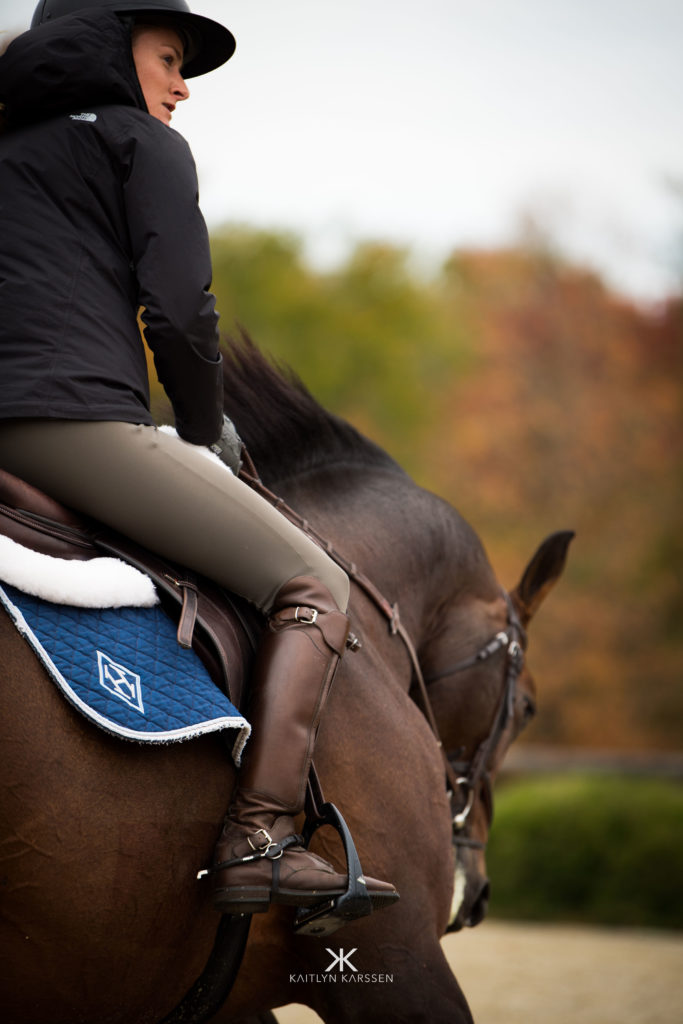
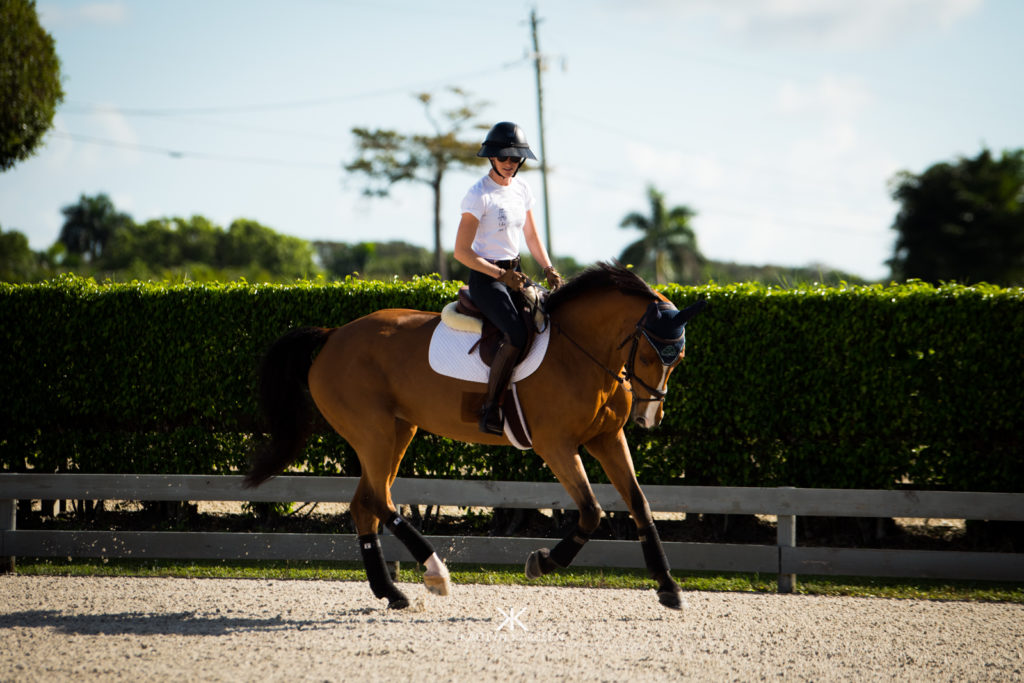
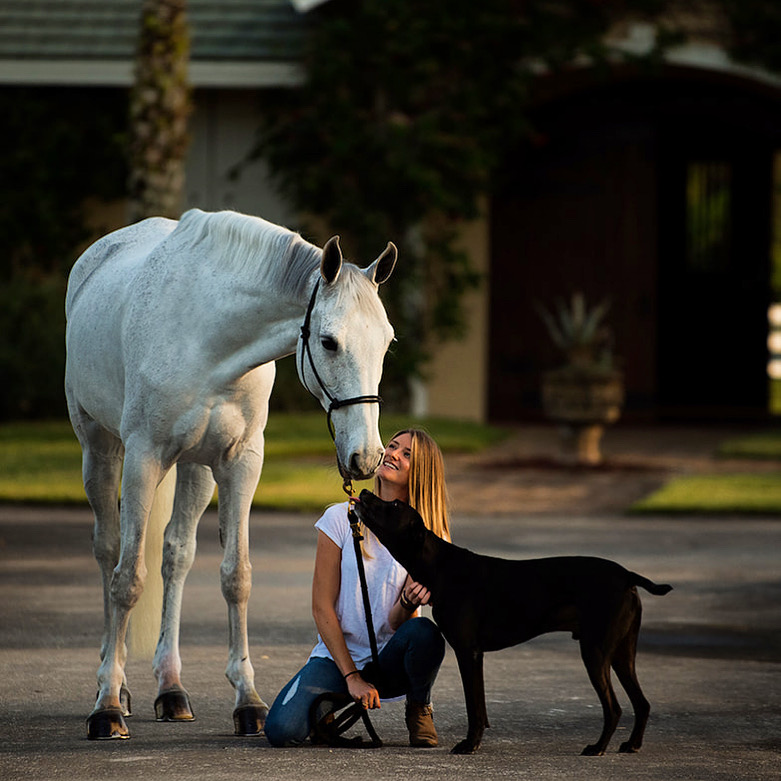
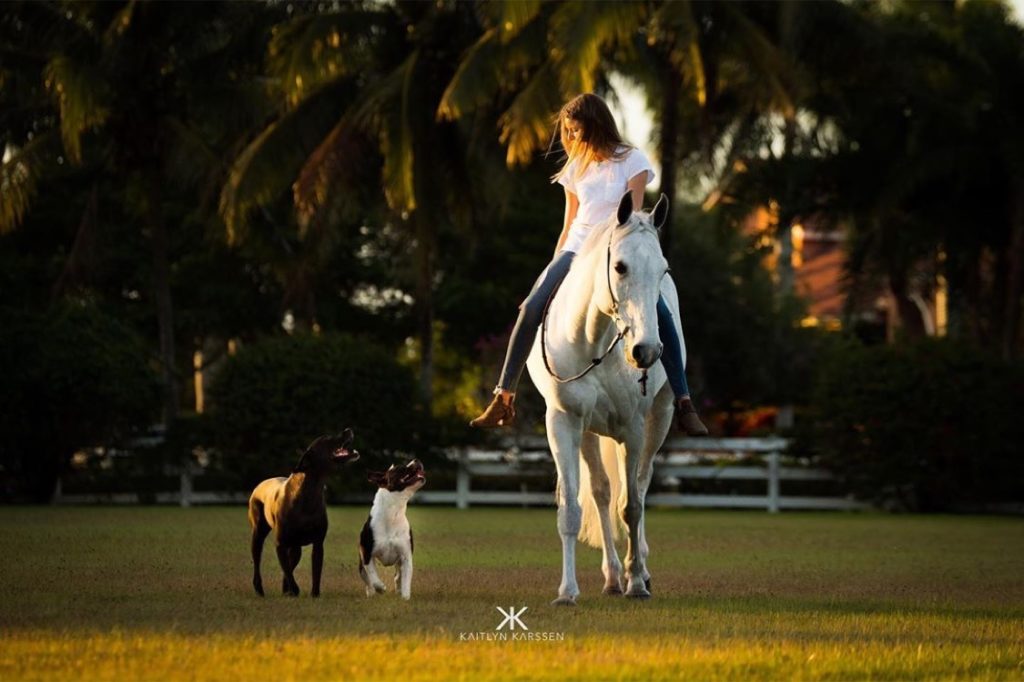
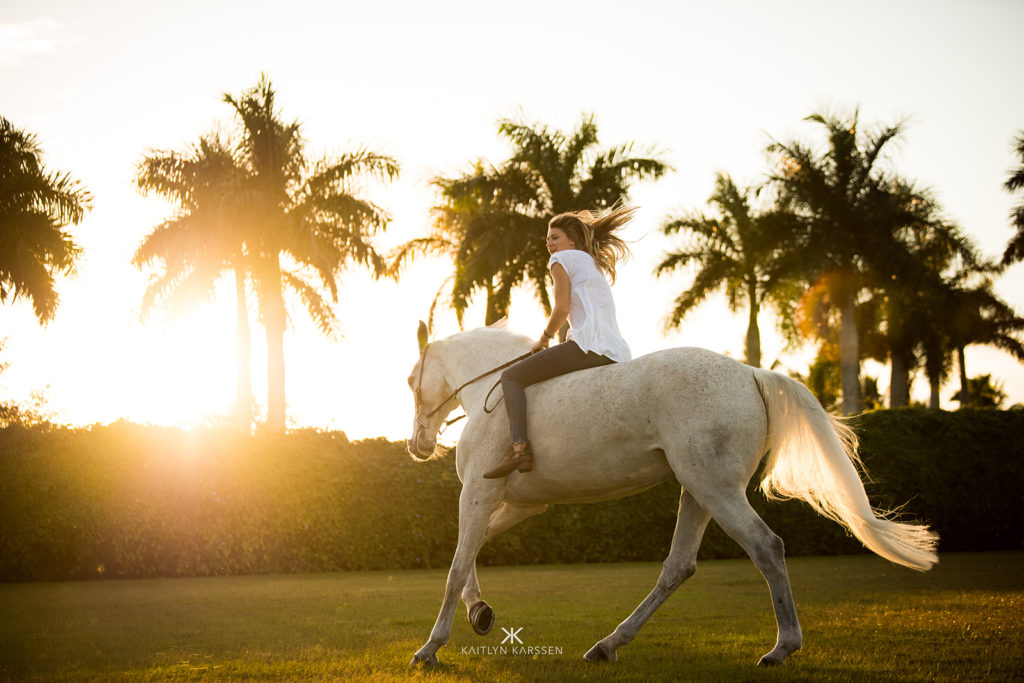
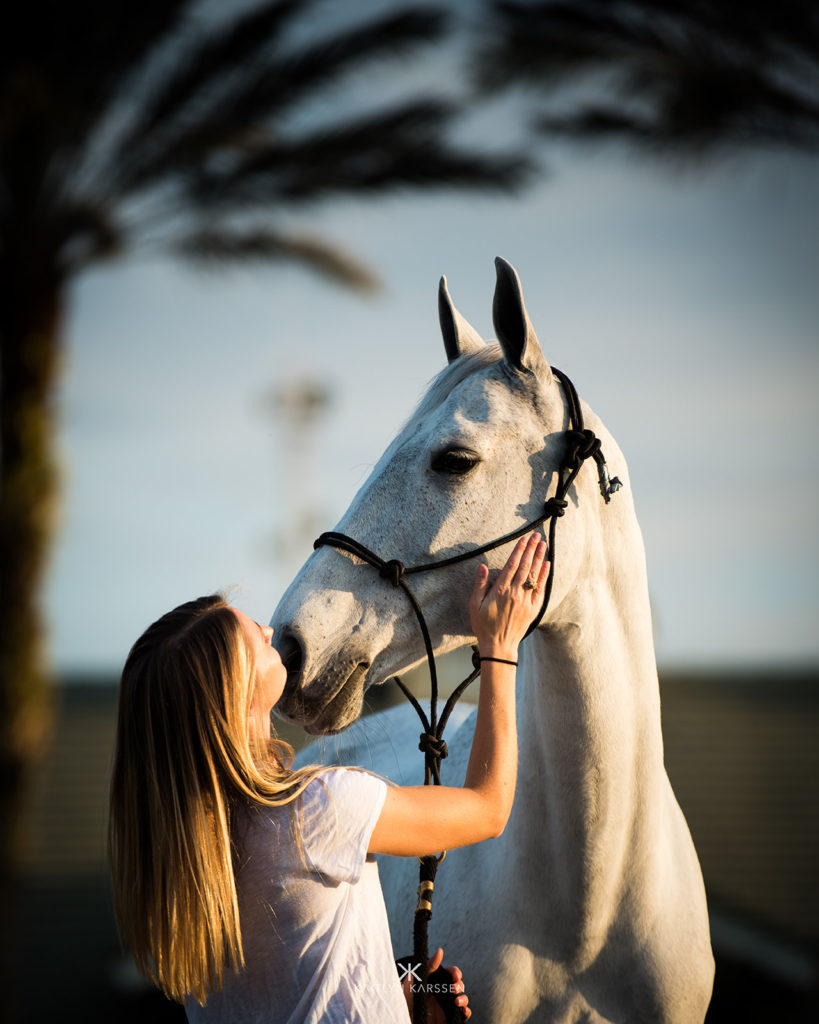
Why is proper flatwork so imperative for a successful hunter/jumper equestrian athlete?
Show jumping is just dressage with obstacles. The definition of dressage is the art of riding and training a horse in a manner that develops obedience, flexibility, and balance. All of these attributes are needed to be successful in show jumping.
In the ring you need to be fast, the fastest way from point A to point B is a straight line. You need an equally balanced horse to be straight, flexibility to create an elastic jump, and obedience to have adjustability. So, yes proper flatwork is very important and rideability is everything.
Do you travel for clinics? Where?
Absolutely! Traveling and teaching are probably my two favorite things. The farthest I have traveled for a clinic was in Mexico City. I went twice, primarily to train Juan Jose Zendejas Salgado and his horses. We added on a 2-day clinic at the Escuela Hipica Santa Fe which is a really cool riding club right in the city. Also, I’ve done clinics at Wolffer Stables in the Hamptons which was a lot of fun!
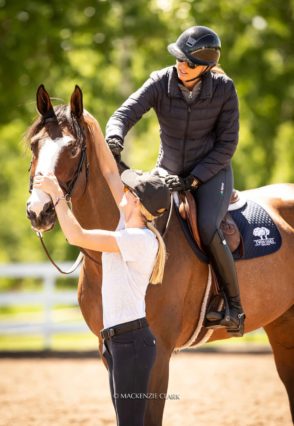
What’s a piece of advice you would share with someone looking to improve their riding and training?
Ride as much as you can, catch ride even if that just means flatting. Horses are our greatest teachers and there’s no replacement for time in the saddle. I also love watching some of my favorite riders at the ring or online. Reading and trying different exercises at home is a must.
I’d recommend Dr. Hilary Clayton’s ‘Conditioning Sport Horses’ for all riders and trainers. I think the more we know about how a horse biomechanically works the better we can ride and care for them.
What are some exercises you implement into a session to keep horses fit?
I like to change it up often to keep horses fresh. Some of my favorite exercises are working a horse on a diamond, riding straight lines, spiraling, and circling. Working the horse in and out, from 20 meters to 10 meters, and lots of transitions. Transitions are so important for balance, development of gaits, and rideability. I always warm up with lateral work in walk and trot.
Do you have a preference between boots or polos?
Polos!
Tell us your favorite regiment for keeping horses’ legs tight and cool.
I give my horses as much turnout as I possibly can, which keeps their legs from getting too stocked up. I grew up keeping horses out 24/7 so it’s hard for me to see them in boxes all the time. Also, ice them as soon as humanly possible when they finish jumping. I think the faster you can get the ice on them the better it is.
What is something that you feel passionate about within the equestrian industry that you feel like people don’t know a lot about or don’t talk enough about?
I feel passionate about continuing education. Technology has placed information right at our fingertips. Finding good equestrian resources is important, a great one is FEI University. FEI has excellent lectures and courses available online. And READING too! Veterinarians and Horsemen/Horsewomen have written some excellent books.
